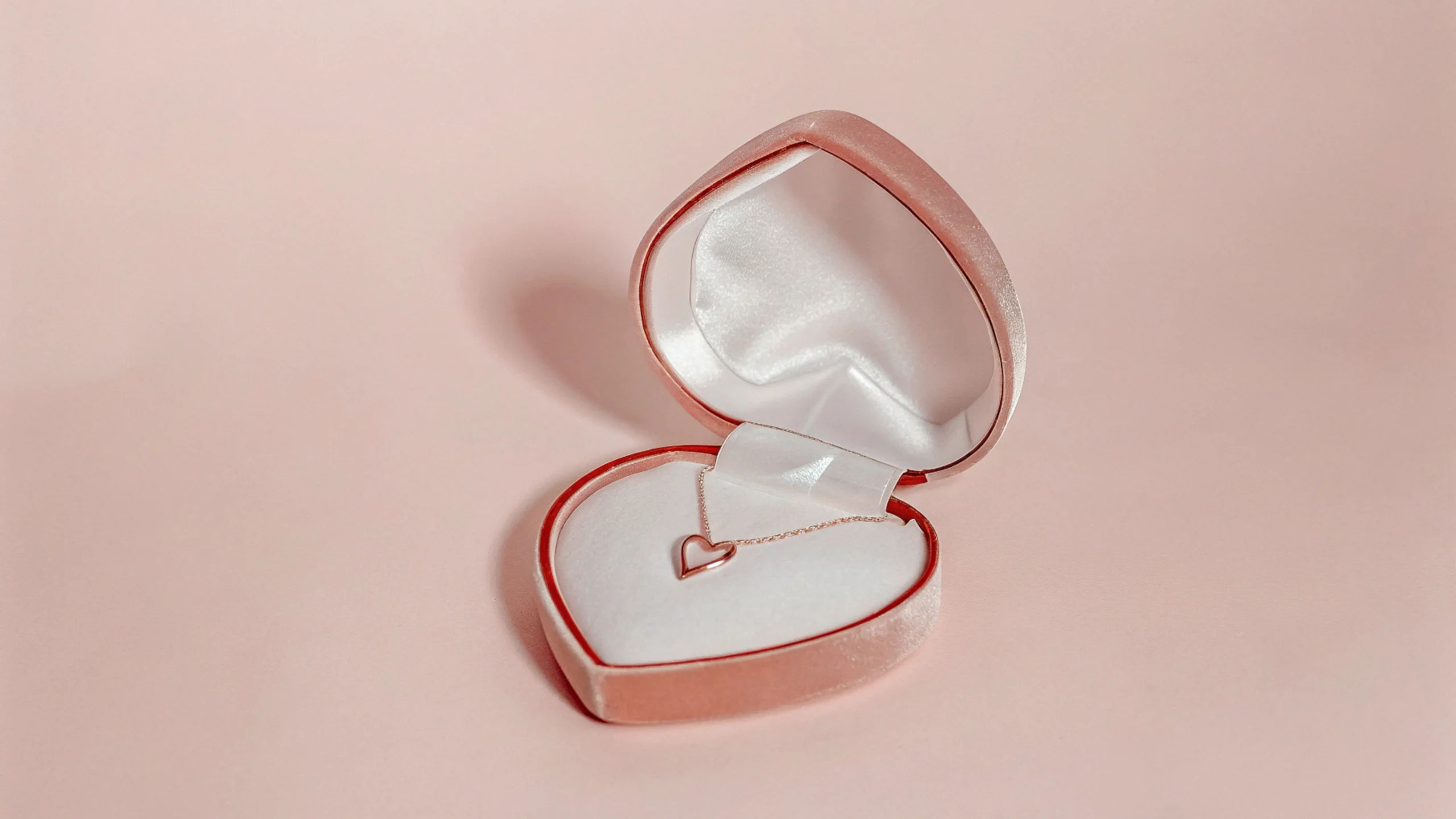
5 Reasons to Invest in a Handmade Jewellery Box
2025-04-10
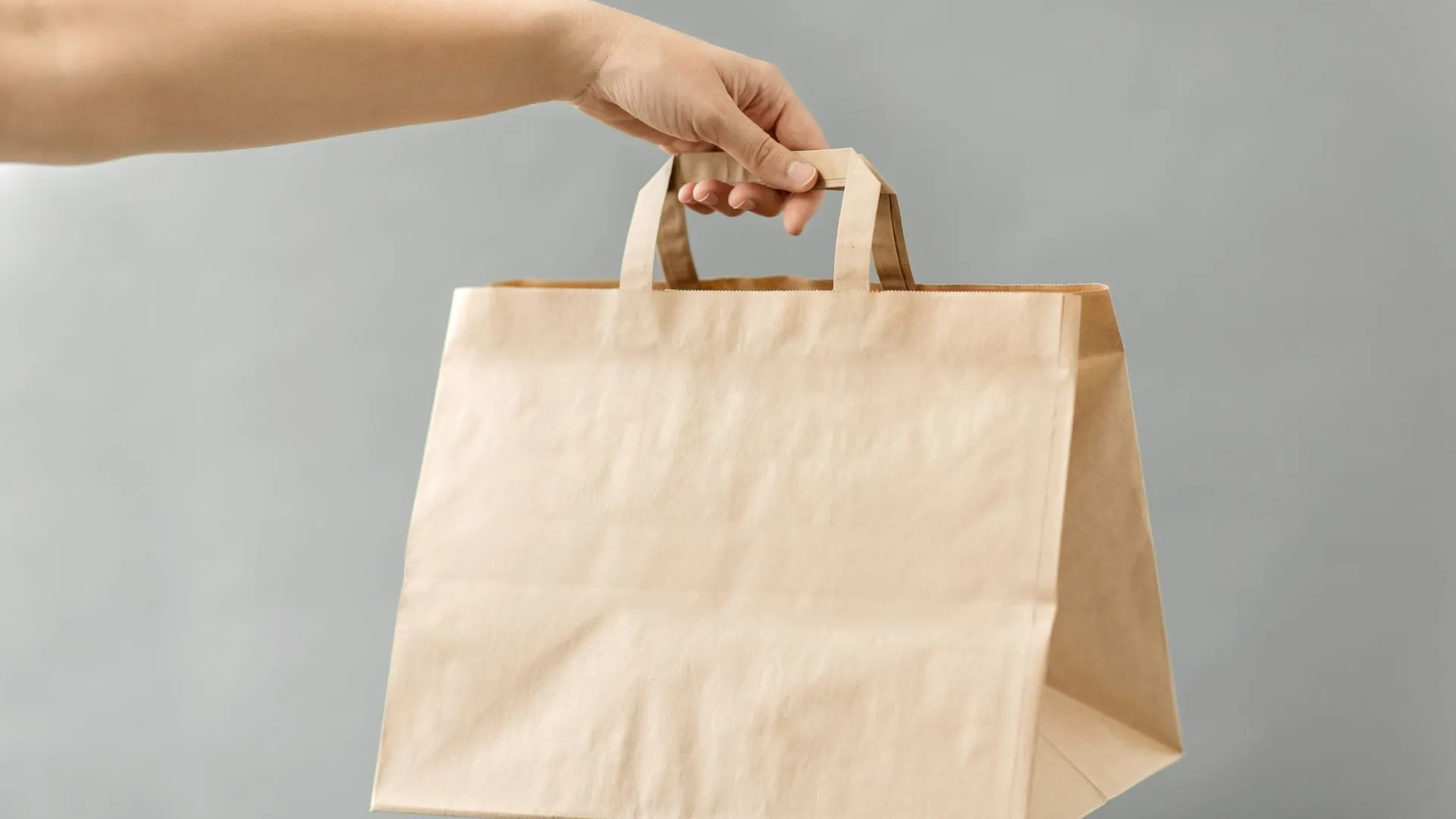
Imagine this: you’ve just received a stunning piece of jewellery, ethically sourced and beautifully crafted. But as you unwrap it, you’re met with layers of plastic, foam, and non-recyclable materials. The joy of your new treasure is instantly tarnished by the guilt of knowing its packaging is destined for landfill. This scenario, unfortunately, is all too common in the jewellery industry. However, change is on the horizon.
Eco-friendly packaging is not just a trend—it’s a necessity. Consumers are becoming increasingly aware of the environmental impact of their purchases, and they’re demanding more sustainable options. For the jewellery industry, this means embracing packaging solutions that are kind to our planet without compromising on elegance and quality.
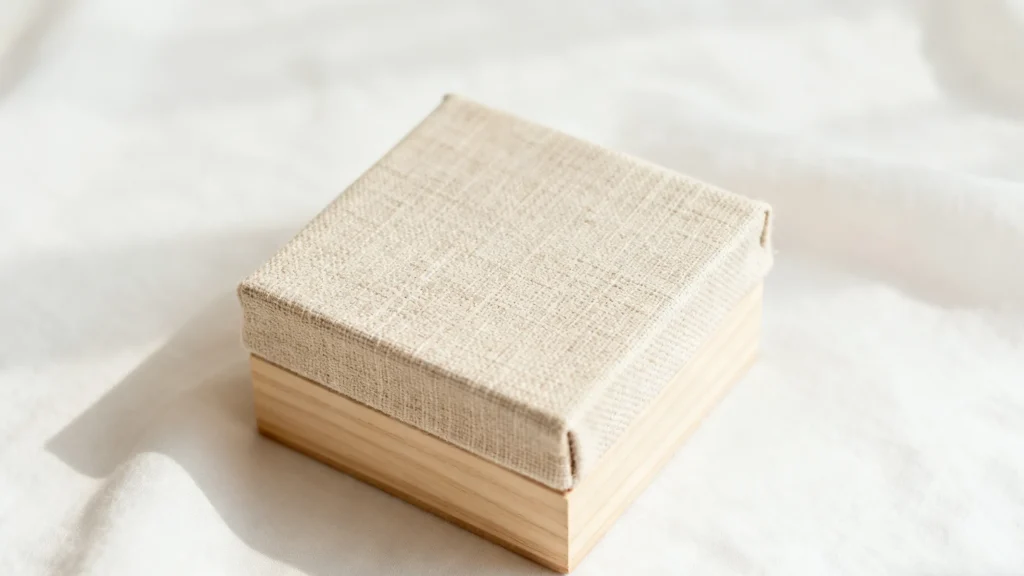
Let’s break down the different types of sustainable packaging that are shaping the future of the jewellery industry:
Recycling is the cornerstone of a circular economy, where materials are kept in use for as long as possible. Recyclable packaging utilizes materials that can be processed and transformed into new products, reducing the need for virgin resources and minimizing waste.
What is eco friendly packaging? In the jewellery industry, common recyclable materials include:
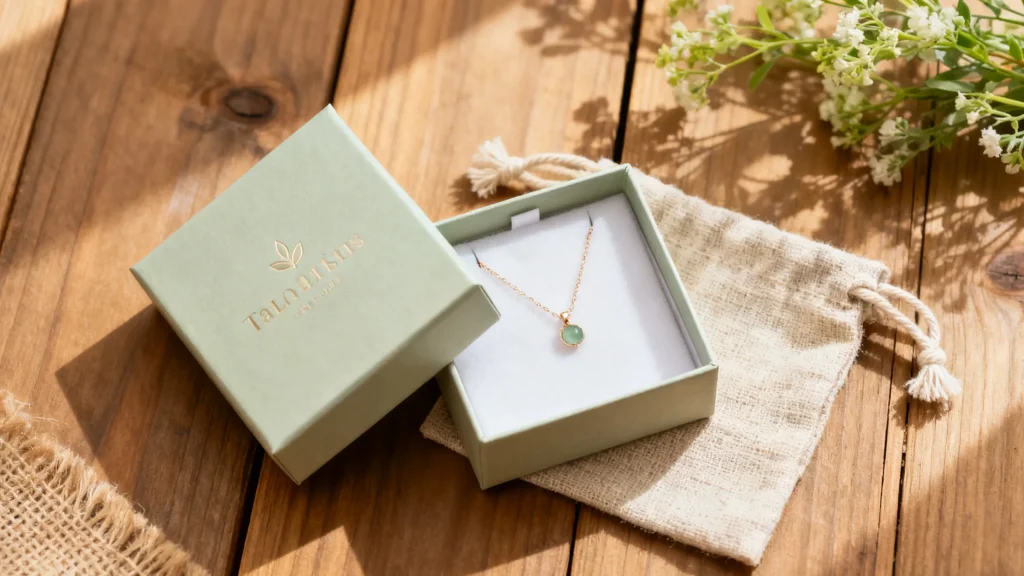
To maximize the recyclability of jewellery packaging, it’s crucial to:
Biodegradable packaging, as the name suggests, breaks down naturally over time through the action of microorganisms. This decomposition process transforms the packaging into organic matter, minimizing its impact on the environment.
While the term “biodegradable” is promising, it’s essential to consider:
Examples of biodegradable materials used in jewellery packaging include:
Note: Information on seaweed-based packaging was mentioned in our previous conversation, but this falls outside of the provided sources. You may wish to independently verify this information.
Compostable packaging takes biodegradability a step further. It not only breaks down naturally but also leaves behind no harmful residues, transforming into nutrient-rich compost that can enrich the soil.
There are two main types of compostable packaging:
Look for specific labels and certifications to determine whether packaging is industrially or home compostable.
Compostable packaging is an excellent option for reducing waste and contributing to soil health, but it’s crucial to:
Reusability is a powerful principle of sustainability, encouraging the use of packaging multiple times before it’s eventually recycled or disposed of. In the jewellery industry, this translates to durable boxes, pouches, and mailers that can be repurposed or used again.
Examples of reusable jewellery packaging include:
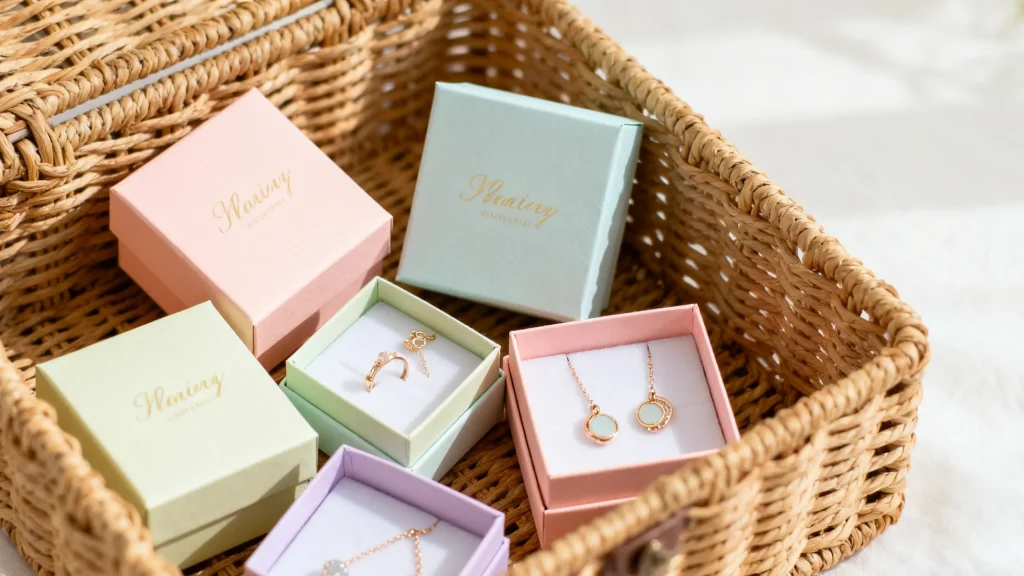
By choosing reusable packaging, both jewellery brands and consumers can actively contribute to reducing waste and promoting a circular economy.
For jewellery businesses to truly embrace sustainability, it must go beyond just choosing eco-friendly packaging. It requires a holistic approach that considers the entire lifecycle of a jewellery piece.
Here are key areas where jewellery brands can make a difference:
As consumers, our choices have the power to shape the future of the jewellery industry. By supporting brands like Richpack that prioritize sustainability and demanding eco-friendly packaging options, we can drive positive change.
Here’s how you can make a difference:
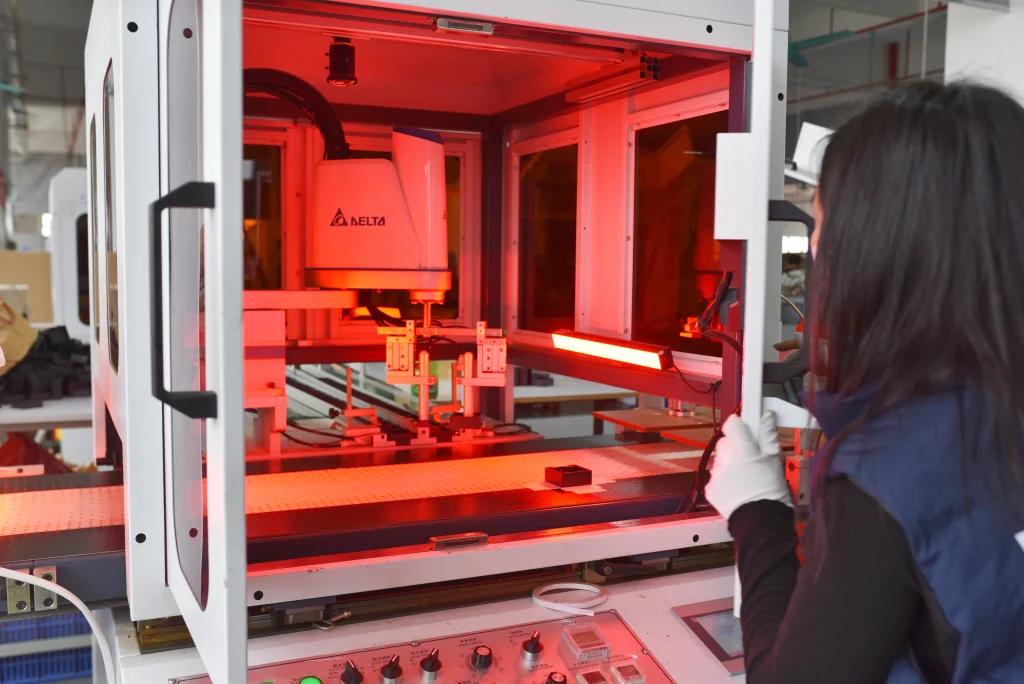
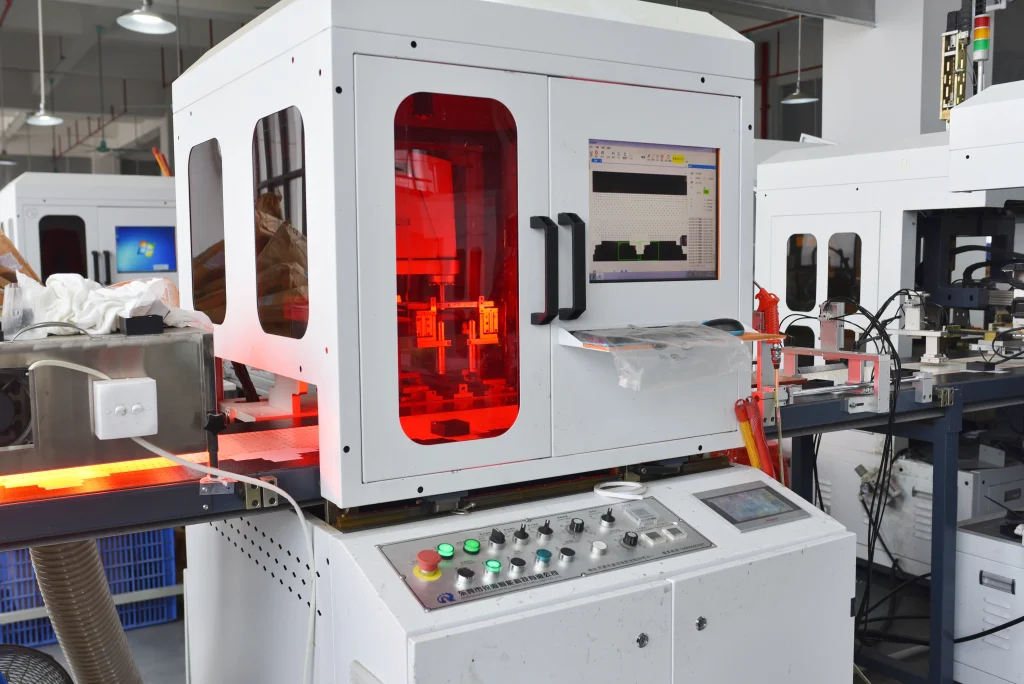
The future of sustainable jewellery packaging is brimming with innovation. Emerging materials and technologies are paving the way for even more eco-friendly solutions.
While information on some of these innovations falls outside the provided sources, here are some exciting developments to watch out for:
The jewellery industry has a responsibility on consider how to make eco friendly packaging and embrace sustainability, not just for the sake of our planet but also for the longevity of the industry itself. By prioritizing eco-friendly packaging and ethical sourcing practices, the industry can ensure that the joy of jewellery is not tarnished by environmental guilt.
As a jewelry packaging manufacturer, we have the power to demand change and support brands that are leading the way towards a more sustainable future. Let’s choose to sparkle responsibly, ensuring that the beauty of jewellery is reflected in the way it’s packaged and presented to the world.
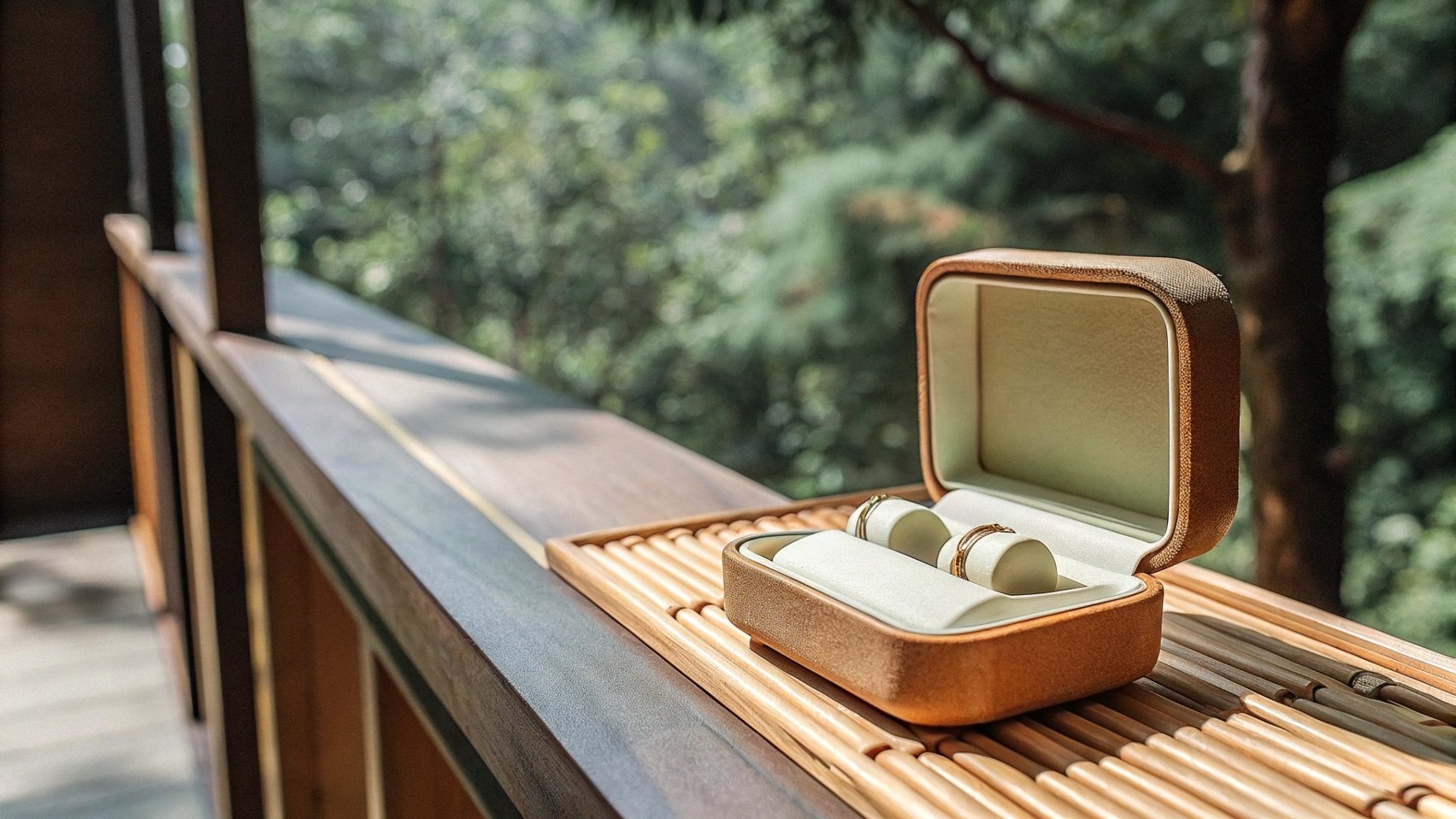
The luxury packaging industry in America is undergoing a remarkable transformation in 2025. At the forefront of this change is Generation Z, a cohort that is not only redefining consumer trends but also driving a significant shift in the way luxury packaging. This article will take a deep look at the new trends in the US luxury… Continue reading Why Eco-Friendly Packaging is the Future of the Jewelry Industry
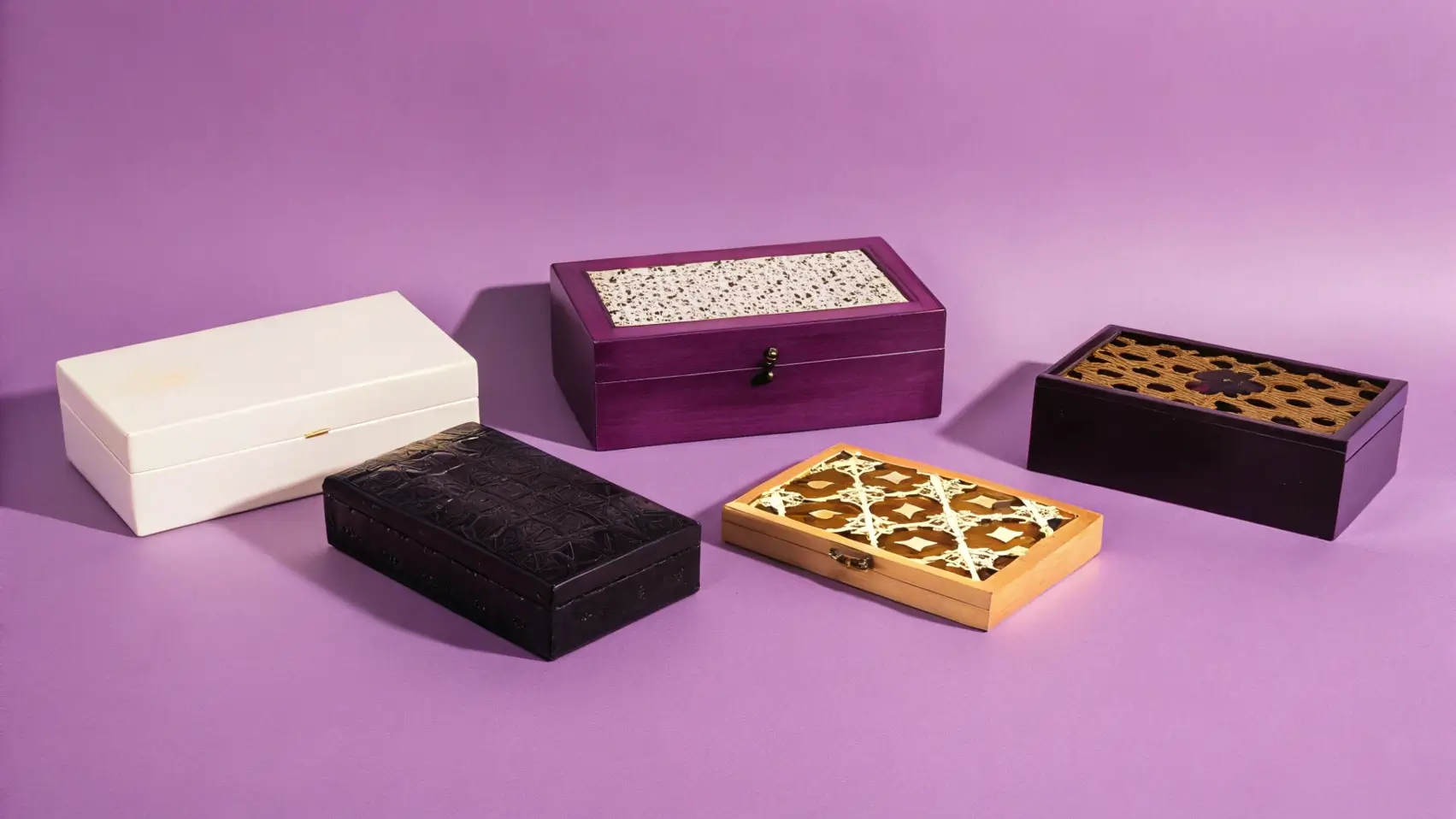
Richpack · 9 Major Skills to Choosing Your Best Jewelry Box The Asia-Pacific region leads the market due to its large population (over 4.9 billion) and increasing disposable incomes, particularly among women who are significant consumers of jewelry boxes highlighting the importance of choosing the right jewelry box. Selecting the right jewelry box is crucial for both personal use and… Continue reading Why Eco-Friendly Packaging is the Future of the Jewelry Industry
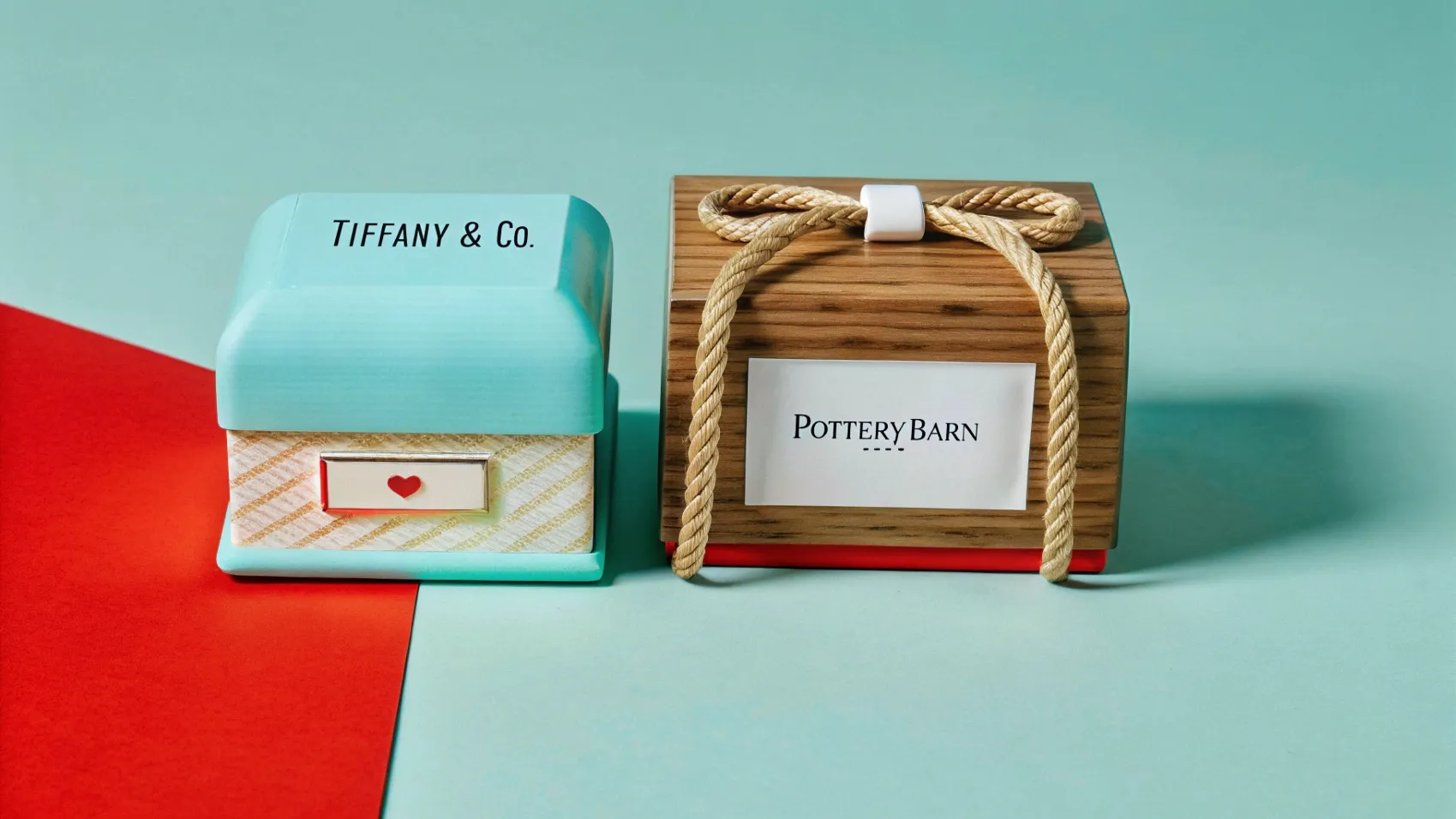
Custom jewelry box, a timeless accessory for storing precious items, has evolved from a simple storage container to a personalized luxury item. According to a market research report by Grand View Research, the global luxury goods market, which includes custom jewelry boxes, is projected to grow at a compound annual growth rate (CAGR) of 6.8%… Continue reading Why Eco-Friendly Packaging is the Future of the Jewelry Industry
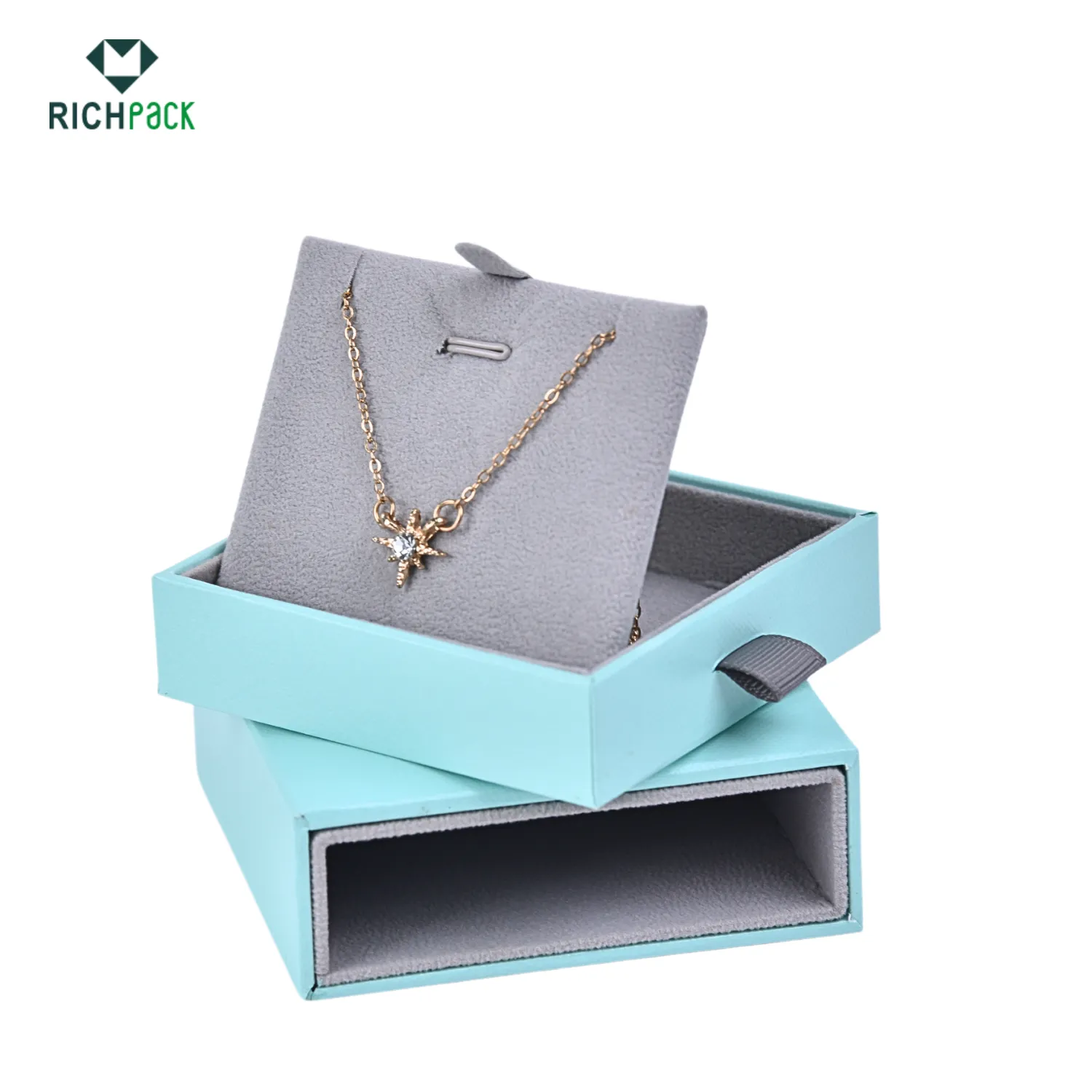
China-Based Custom Jewelry Boxes Supplier for Wholesalers | High-Quality Packaging with Global Shipping Bulk Order Discounts Richpack
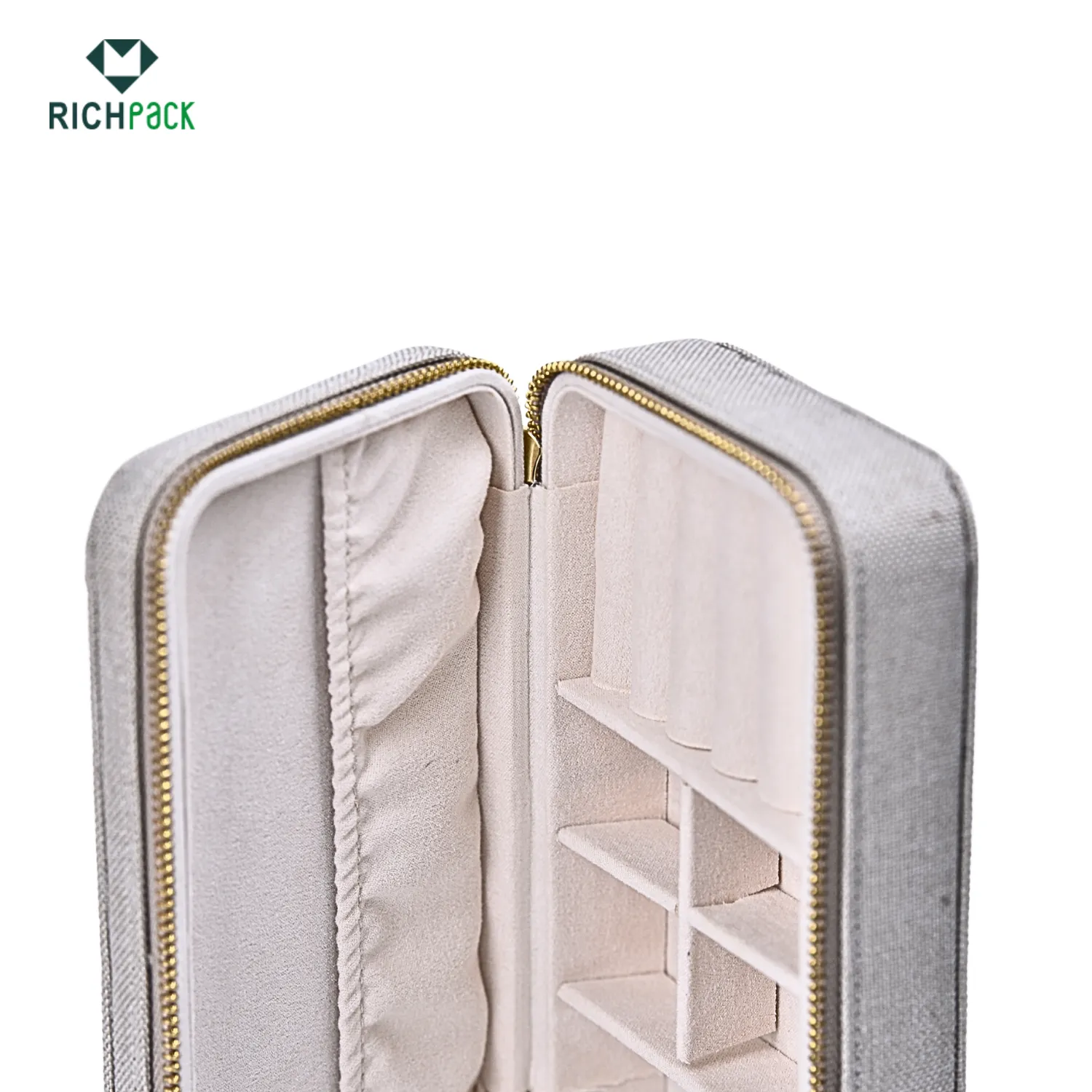
Custom Branded Jewelry Organizers for Eco-Conscious Jewelry Brands | Perfect for Jewelers Focused on Green Packaging and Ethical Brand Presentation
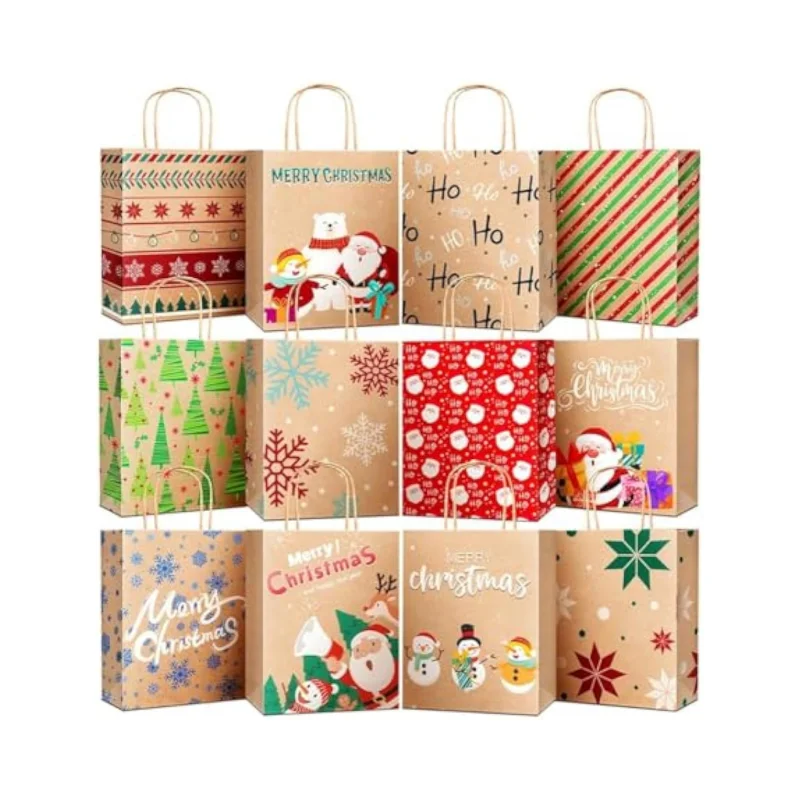
Durable and Secure Recycled Paper Bags with Reinforced Bottoms for Heavy Items | Reliable Packaging Solutions for Jewelry Stores and Retailers
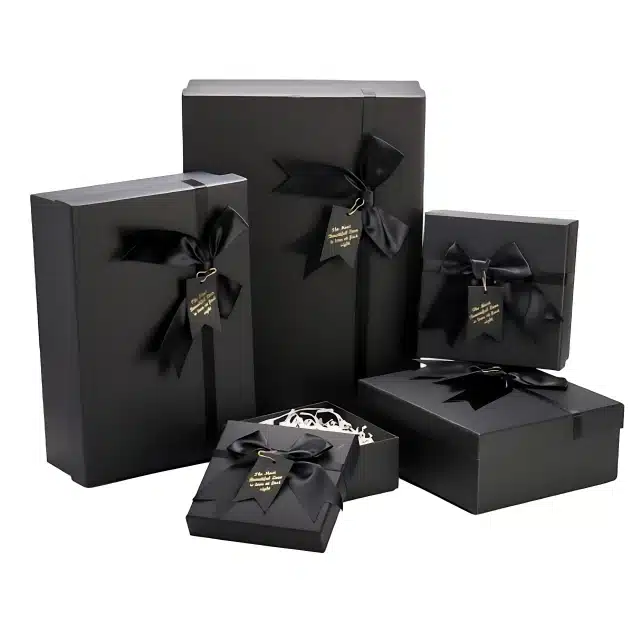
Black Gift Box Packaging – Practical, Branded Jewelry Boxes for Retail | Richpack
View More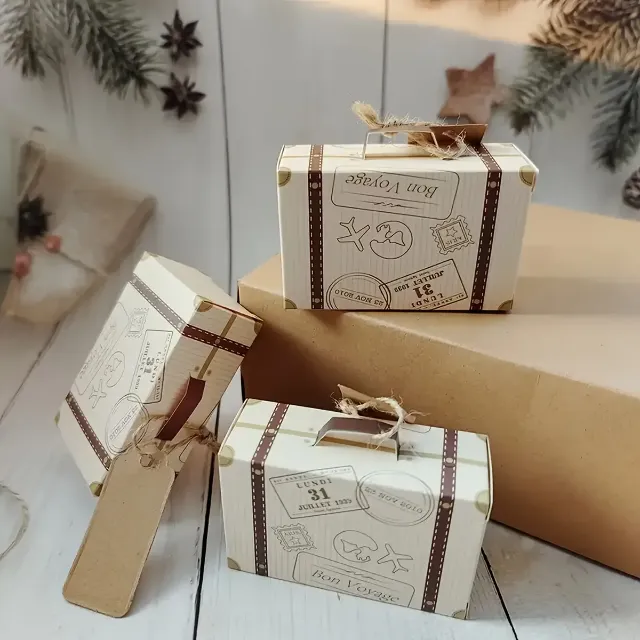
Charming Suitcase Gift Boxes | Unique Mini Suitcase Gift Boxes for Special Occasions and Creative Packaging Custom Service at Richpack
View More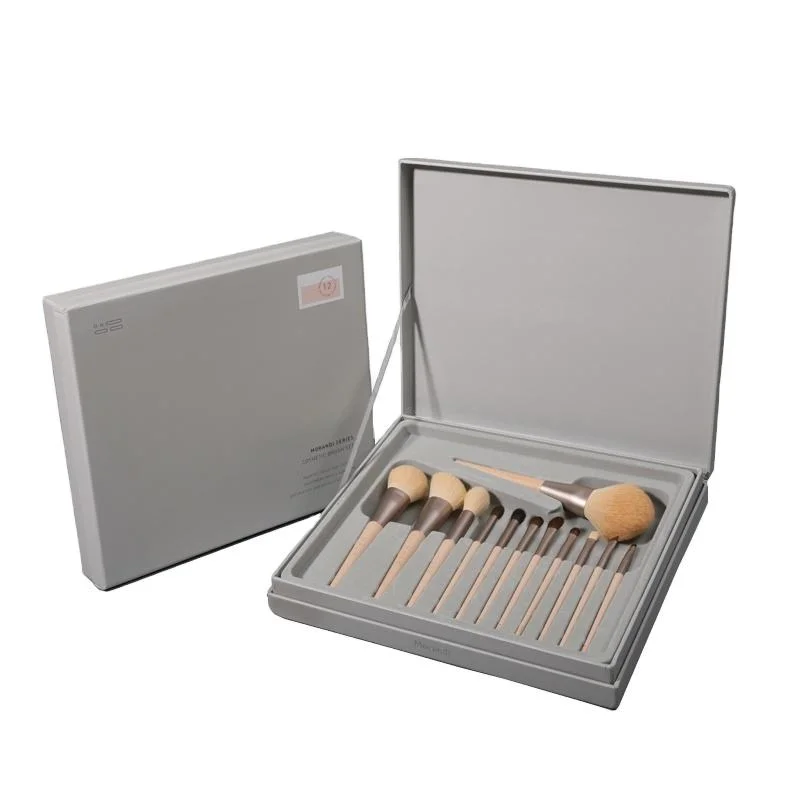
Cosmetic Makeup Brush Set Packaging Gift Paper Box With Brush Box
View MoreJust submit your email to get exclusive offers (reply within 12 hours)